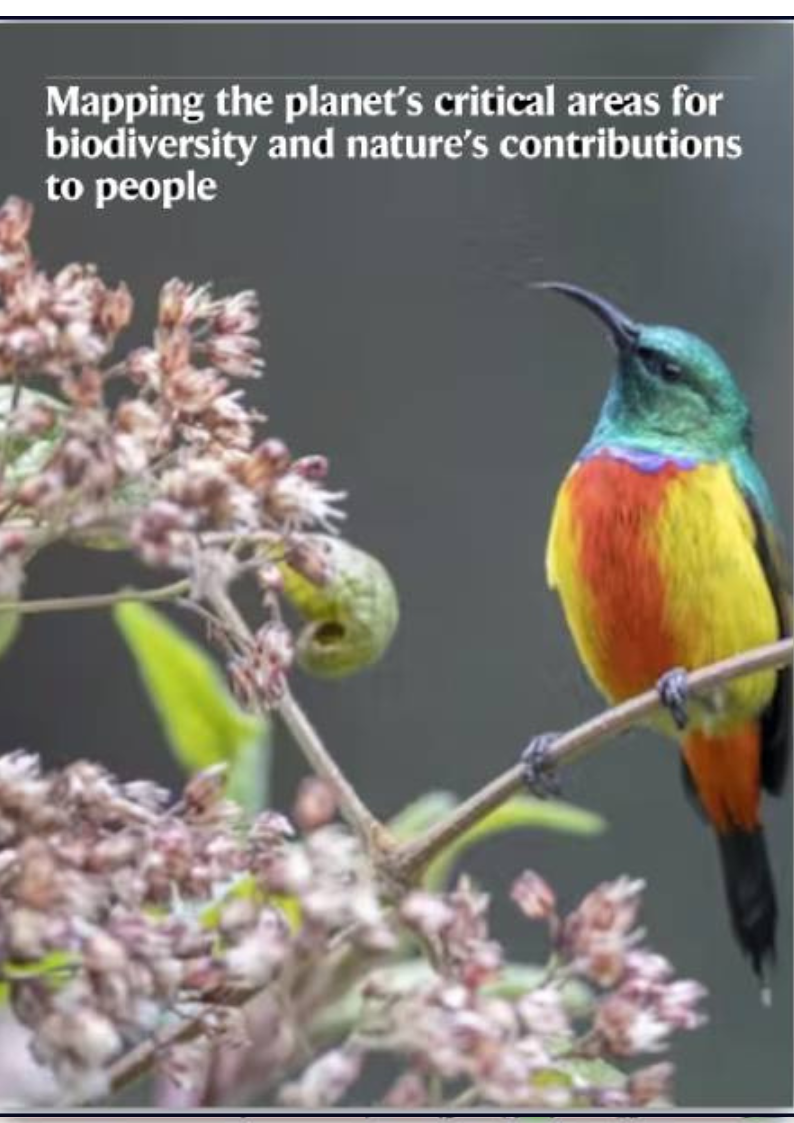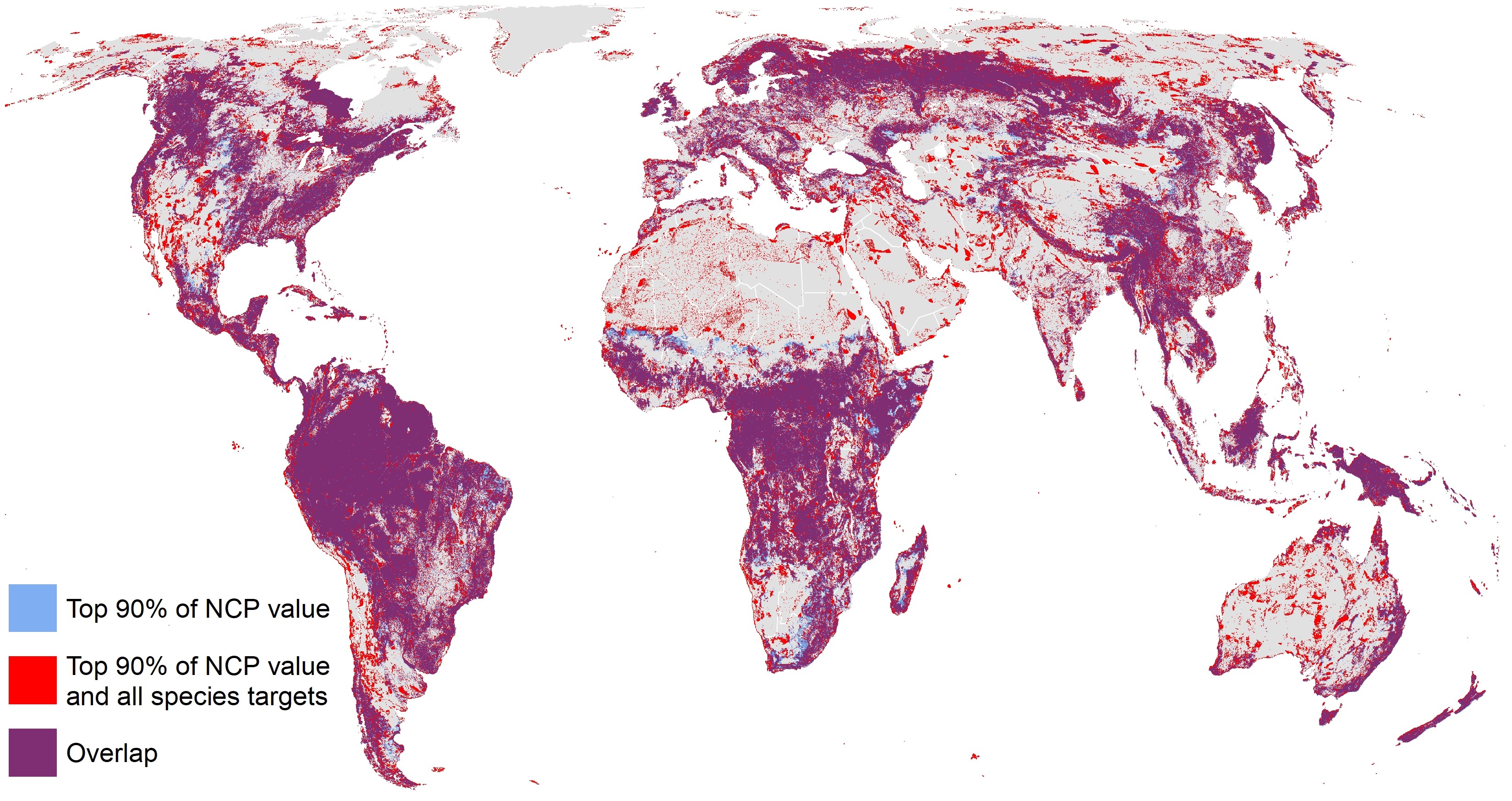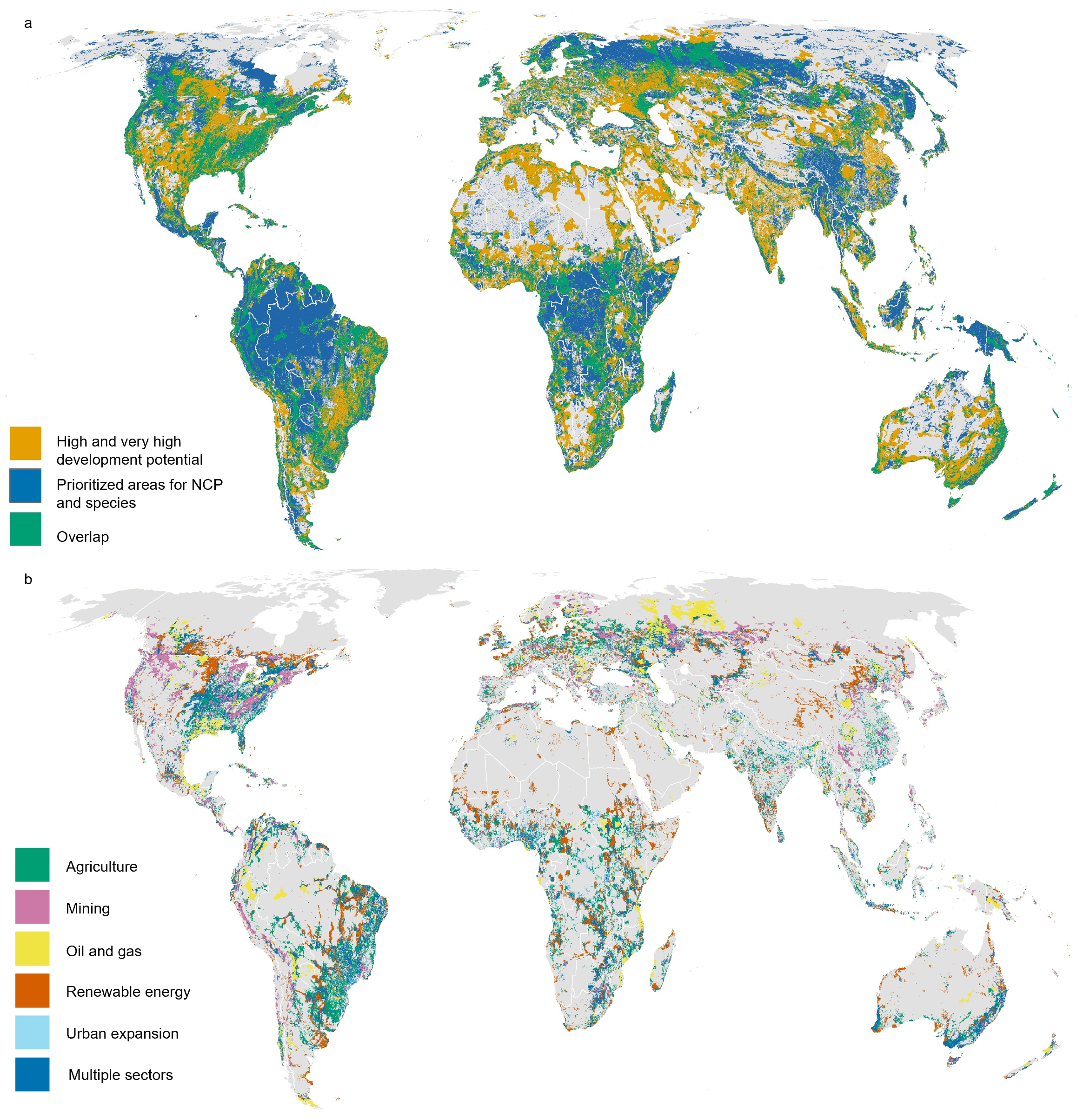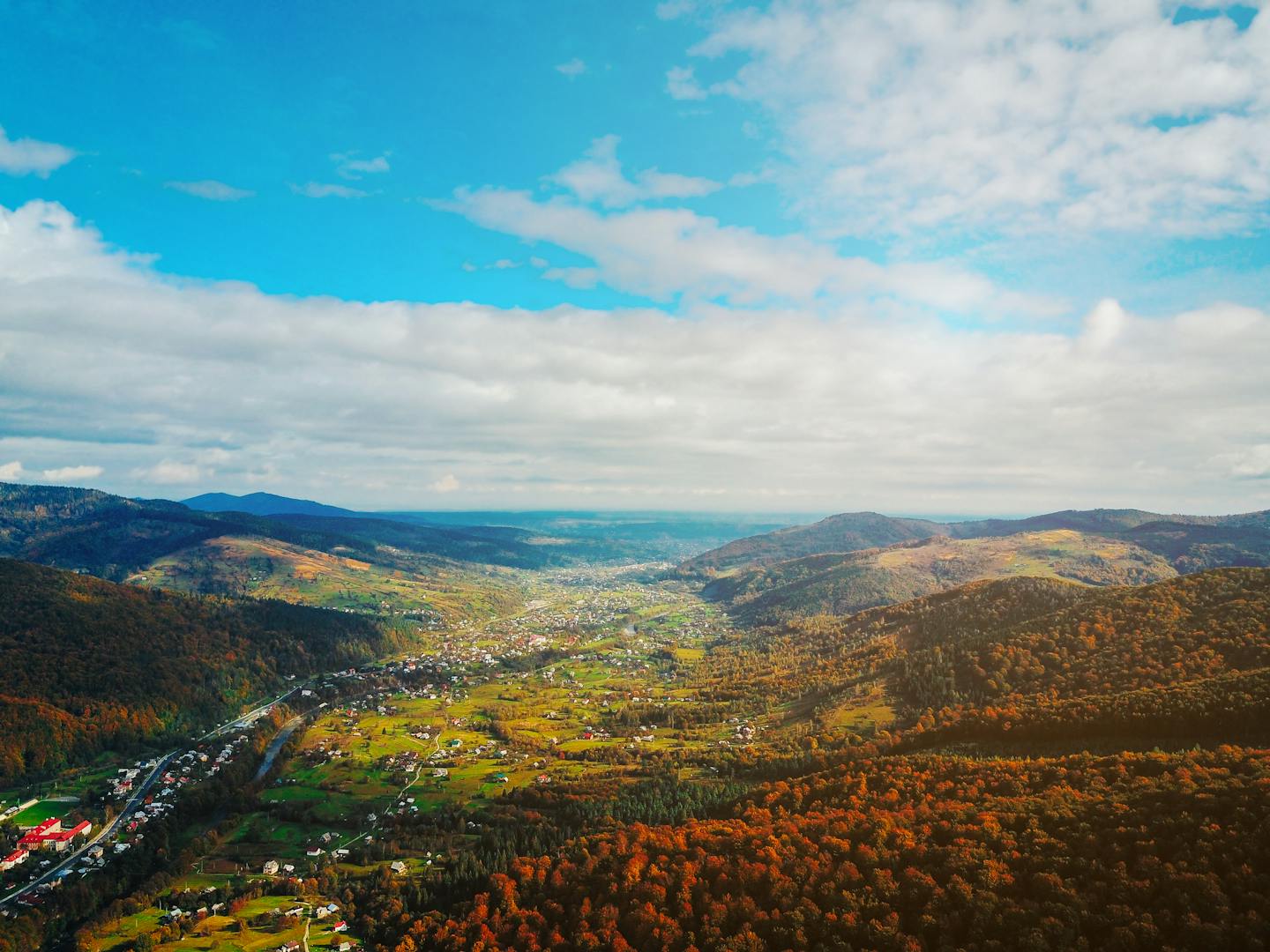New research reveals that only 18 percent of land critical for both human well-being and biodiversity is protected
- Nature Conservation
- Land Conservation
- Protected Lands
- Biodiversity
- Sustainable Livelihoods
- Policy & Governance
A new study supported by One Earth and published in Nature Communications sheds light on a critical environmental issue: the balance between human well-being and biodiversity conservation.
The research, conducted by an international team of researchers, reveals that conserving approximately half of the global land area is essential to maintain the majority of nature's contributions to humans while also meeting biodiversity targets for numerous species.
The surprising statistic: Only 18% of essential land is protected
The study's alarming finding is that only 18% of the land area, deemed crucial for both human well-being and biodiversity, is currently protected. This statistic underscores a significant gap in conservation efforts, emphasizing the need for urgent action to safeguard these vital areas.

Image credit: Ian Davies Macaulay, Library Cornell Lab of Ornithology
Nature's contributions to human well-being
Rachel Neugarten, the study's lead author from the Cornell Lab of Ornithology, emphasizes the importance of considering nature's contributions to people (NCP). These include ecosystem services such as carbon storage, crop pollination, flood mitigation, and coastal protection.
The study argues that biodiversity protection, climate change, and sustainable development are interconnected issues that cannot be addressed in isolation.

Prioritized areas for nature’s contributions to people (NCP) only (90% of current levels of NCP, in blue), prioritized areas for both NCP (90% of current levels) and that also meet all species targets (red), and areas of overlap (purple). Prioritized areas overlap over 33% of global land area (representing 94% of areas prioritized for NCP alone, or 75% of areas prioritized for NCP and species).
Strategic solutions to multifaceted challenges
The researchers discovered that about 44-49% of the global land area, excluding Antarctica, is critical for providing nearly all (90%) of current levels of nature's services to people while conserving biodiversity for 27,000 species of birds, mammals, reptiles, and amphibians. However, 37% of these lands are also highly suitable for human development activities like agriculture and urban expansion, leading to potential conflicts.
The study points out that a significant portion of land with high conservation value is also under intense development pressure. This raises concerns about potential conflicts between achieving renewable energy goals and conserving nature. Creative solutions are needed to accommodate human activities through sustainable use and multifunctional landscape planning.

Prioritized areas for nature’s contributions to people and biodiversity (NCP) that also have high development potential across several economic sectors. a. Prioritized areas (blue) represent areas providing 90% of current levels of NCP while also achieving all species targets. Areas with high and very high development potential (orange) and areas of overlap (green). b. Prioritized areas with high development potential (areas of overlap), by economic sector. Sectors include agriculture (crops and biofuels expansion) (green); mining (metallic, non-metallic, and coal) (pink); oil and gas (conventional and unconventional) (yellow); renewable energy (concentrated solar power, photovoltaic solar, wind, and hydropower) (red); urban expansion (light blue), and “multiple sectors” where sectors overlap (dark blue).
Renewable energy development and biodiversity protection: Finding a middle ground
Neugarten suggests that renewable energy development can be compatible with biodiversity conservation if carefully planned. Examples include livestock grazing under wind farms or cultivating native pollinator gardens under solar panels. However, without careful planning, there is a risk that renewable energy goals might conflict with nature conservation objectives.
Regions of high conservation value under high development pressure include areas that don't always receive global conservation attention. These include working landscapes in the southeastern United States, southern Brazil and Uruguay, southeastern Australia, and Eurasia.
Implications for decision-makers
Becky Chaplin-Kramer, World Wildlife Fund Global Biodiversity Lead Scientist, emphasizes the importance of this study for decision-makers in government, conservation NGOs, donors, and funding agencies,
A call to action for balanced conservation efforts
This study serves as a wake-up call, highlighting the urgent need for balanced conservation efforts that consider both human well-being and protecting biodiversity. It provides a roadmap for decision-makers and stakeholders to identify and prioritize areas where conservation can have the most significant impact, ensuring the survival and well-being of both people and nature.
Read the Full Report



